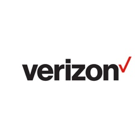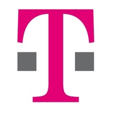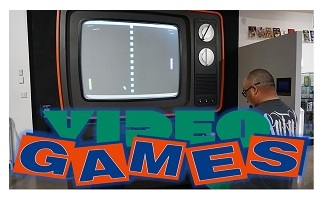eResearch | As consumers continually seek faster ways to connect online and retrieve information, the 5th generation (“5G”) wireless network has been highly anticipated with its promise for reducing congestion in networks while increasing data speed significantly.
 Improving from the 4G network introduced approximately 10 years ago, the 5G network is a standard for cellular loading speed, which is expected to have the ability to download entire films in the matter of seconds.
Improving from the 4G network introduced approximately 10 years ago, the 5G network is a standard for cellular loading speed, which is expected to have the ability to download entire films in the matter of seconds.
AT&T Inc. (NYSE: T) and Verizon Communications Inc. (NYSE: VZ), two of the world’s largest telecommunication companies, launched their 5G networks in a small number of cities last year with only a select few phones compatible to the new network. Moving into 2020, AT&T and Verizon expects to push their 5G networks nationwide with at least 15 compatible smartphones expected to be in the market.
 T-Mobile US Inc. (NASDAQ: TMUS), a growing competitor, has already taken the advantage of being the first telecommunication company to launch its 5G network nationwide last year. In an effort to compete with AT&T and Verizon, T-Mobile is awaiting approval for acquisition of Sprint Corp. (NYSE: S), a smaller company with 5G networks in six U.S. cities.
T-Mobile US Inc. (NASDAQ: TMUS), a growing competitor, has already taken the advantage of being the first telecommunication company to launch its 5G network nationwide last year. In an effort to compete with AT&T and Verizon, T-Mobile is awaiting approval for acquisition of Sprint Corp. (NYSE: S), a smaller company with 5G networks in six U.S. cities.
Though AT&T, Verizon, Sprint, and T-Mobile have taken the first moves in the 5G market, their new networks are only variants of the actual 5G standard called millimeter wave 5G (“mmWave 5G”) and only have speeds slightly above 4G. The main problem with scaling mmWave 5G networks is its lack of range and its inability to penetrate signals through city walls, therefore the full capabilities of mmWave 5G have only been deployed by telecommunication companies in large spaces such as sports stadiums and amphitheaters.
 This year, Apple Inc. (NASDAQ: APPL) and Samsung Electronics Co Ltd. (KX: 005930) are both expected to release phones that are compatible with both the 5G network currently offered and the mmWave 5G network with full band width capabilities.
This year, Apple Inc. (NASDAQ: APPL) and Samsung Electronics Co Ltd. (KX: 005930) are both expected to release phones that are compatible with both the 5G network currently offered and the mmWave 5G network with full band width capabilities.
The following are the current costs for 5G networks:
- AT&T – $75/month for an individual line
- T-Mobile – Free
- Verizon – Additional $10/month to current plan
 The mmWave 5G network has capabilities that have benefits beyond cellphones, as the reduced latency and faster network communication standards supports industries such as gaming and autonomous driving. Microsoft Corp. (NASDAQ: MSFT), Alphabet Inc. (NASDAQ: GOOGL), and, Sony Corp. (TYO: 6758) are all launching their streaming gaming services and Tesla is continuously looking to improve efficiency in its autonomous vehicles, which could both benefit from the support of a faster network.
The mmWave 5G network has capabilities that have benefits beyond cellphones, as the reduced latency and faster network communication standards supports industries such as gaming and autonomous driving. Microsoft Corp. (NASDAQ: MSFT), Alphabet Inc. (NASDAQ: GOOGL), and, Sony Corp. (TYO: 6758) are all launching their streaming gaming services and Tesla is continuously looking to improve efficiency in its autonomous vehicles, which could both benefit from the support of a faster network.
Nevertheless, before compatible phones can be used with mmWave 5G and various industries take advantage of faster network speeds, R&D is still needed for mmWave 5G networks to have higher range and penetration capabilities.
//



